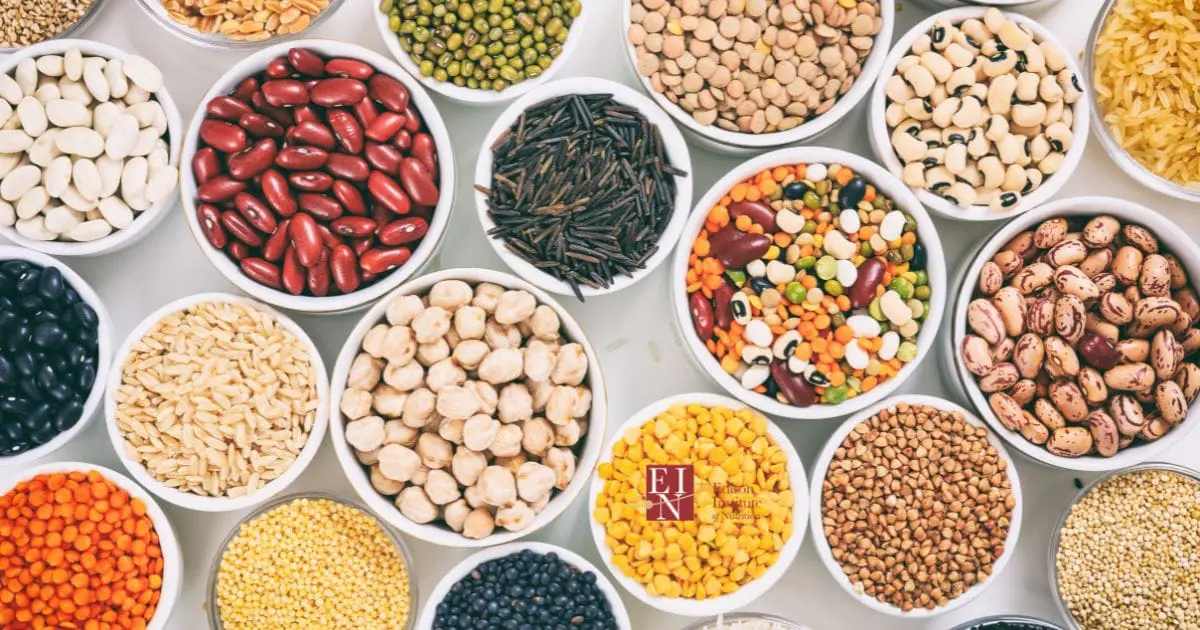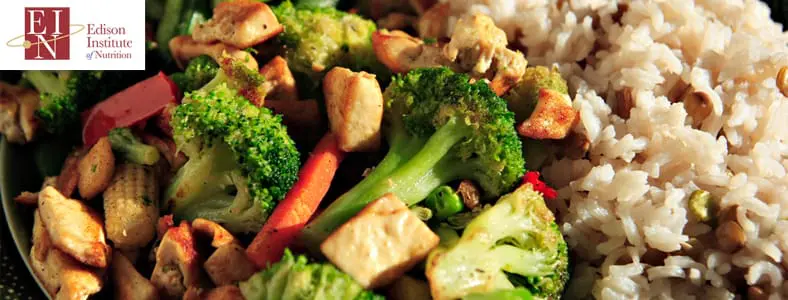 If you’re a vegetarian or vegan, you’ve probably heard people say these diets can’t provide the protein you need. Well, let’s discuss how to prepare meals that work by protein combining for Vegetarians and Vegans.
If you’re a vegetarian or vegan, you’ve probably heard people say these diets can’t provide the protein you need. Well, let’s discuss how to prepare meals that work by protein combining for Vegetarians and Vegans.
Fortunately, this is not a criticism based on reality.
Most people think of “protein” and think of animal proteins, but while these might be the most common proteins in the modern western diet, there are plenty of other sources.
Whether you’re considering studying to become a holistic nutritionist, or you’re already certified and are looking to improve your knowledge with holistic nutritionist CEUs, sooner or later you’ll encounter a client who’s a vegetarian or vegan.
In the past, we’ve talked about providing holistic nutrition for vegetarians and vegans, but today we’re going to take a closer look at one particular aspect of nutrition – protein combining.
Let’s take a look.
What Is Protein Combining?
Amino acids are often called the building blocks of life because they play important roles in so many of your body’s functions.
There are 20 amino acids that your body needs, broken up into three different categories.
Essential amino acids are ones that your body doesn’t produce on its own – you get them through food.
Conditionally essential amino acids are only essential in certain situations.
For example, your body produces its own arginine, but it has a harder time doing so if you have cancer.
So as a result, your certified holistic cancer practitioner may suggest you include more arginine in your diet.
RELATED: cancer coach certification program in Canada
Your body is able to produce nonessential amino acids on its own in most cases.
All amino acids are derived from protein, so a protein rich diet is an absolute must.
While animal derived proteins such as meat and eggs are the most obvious sources of the protein you need, if you are a vegetarian, vegan, or just limit your meat intake, you can still get the protein rich diet you need.
While there are many plant based sources of protein, many proteins you get from plants aren’t considered complete proteins because they are missing some of the amino acids you need.
Protein combining, or eating a variety of plant based proteins to cover all bases, is necessary because of this.
What Are Complementary Proteins?
Complementary proteins are protein sources that, when combined, offer the full gamut of the essential amino acids your body needs.
If you only eat grains and cereals as a protein source, for example, you won’t get enough lysine, a vital amino acid.
On the other hand, legumes such as peanuts, beans, and lentils are great sources of lysine, but if they’re your only protein source you’ll be missing out on amino acids like cystine and tryptophan.
To get a complete protein source on a plant based diet, you’ll have to make sure you’re eating a variety of proteins.
If you’re eating a lot of beans, complement them with grains, nuts, and seeds.
If you’re eating a lot of grains, then make sure not to neglect your legumes.
Are There Any Plant Based Sources Of Complete Proteins?
There are sources of complete proteins out there, but most of them are animal based like meat, eggs, and dairy.
If you’re a vegetarian or vegan, this is obviously not going to work for you.
There are some complete plant proteins out there, like quinoa and soybeans.
If you’re looking for more creative sources of complete proteins, however, there are plenty of ways to combine plant based foods to get a complete protein source.
Here are some complete protein food combinations:

1. A Peanut Butter Sandwich (really!)
Since peanuts are legumes, peanut butter is high in the amino acid lysine.
If you use whole grain bread for your sandwich, you’re golden, because the wheat will supplement your protein.
Be sure to look at the label to see how much protein you’ll be getting in each serving.
2. Soy Based Foods
Soy based foods include edamame, tofu, and soybeans.
Tempeh is a fermented form of soybeans that will have a nuttier flavor and pack even more protein than tofu.
Having been fermented, tempeh also comes with a number of other nutritional benefits, including:
- To improve gut health
- To fight seasonal allergies
- Anti cancer properties
- As a natural eczema treatment
- And much more
Soy is one of the only complete plant based proteins to contain all of the amino acids you need in your diet.
3. Hummus
Hummus is made from chickpeas and tahini, which means that it is a complete protein within itself.
Chickpeas are a legume, which brings the lysine you need, and tahini is made from sesame seeds, which provide the methionine.
4. Grains And Legumes
While grains on their own do not have enough lysine to be a complete protein, that’s not the case if you eat them with legumes.
Some examples of combining grains and legumes include black beans or lentils with rice, and pasta with peas.
5. Beans And Grains, Nuts, Or Seeds
Beans don’t just need to be combined with grains like rice.
Lentils and almonds are a way to combine beans and nuts, and you could also have a lovely roasted mix of seeds and nuts.
With nuts and seeds providing lysine, grains containing threonine, and legumes having methionine, you can rest assured that you’ll be getting a complete protein source.
Contact The Edison Institute Of Nutrition Today
Are you a vegetarian or vegan and tired of hearing the standard objections to your diet?
Does the idea of helping other vegetarians and vegans thrive sound appealing to you?
If so, consider a career in holistic nutrition.
Here at The Edison Institute of Nutrition, we offer a variety of programs and continuing education courses for holistic nutritionists, including:
- Advanced nutrition practice
- Live and dry blood cell microscopy training for holistic practitioners
- Metabolic balance training
- How to run a nutritional consulting practice
- And much more
Contact us today to learn more about the courses we offer, and find the right fit for you.
